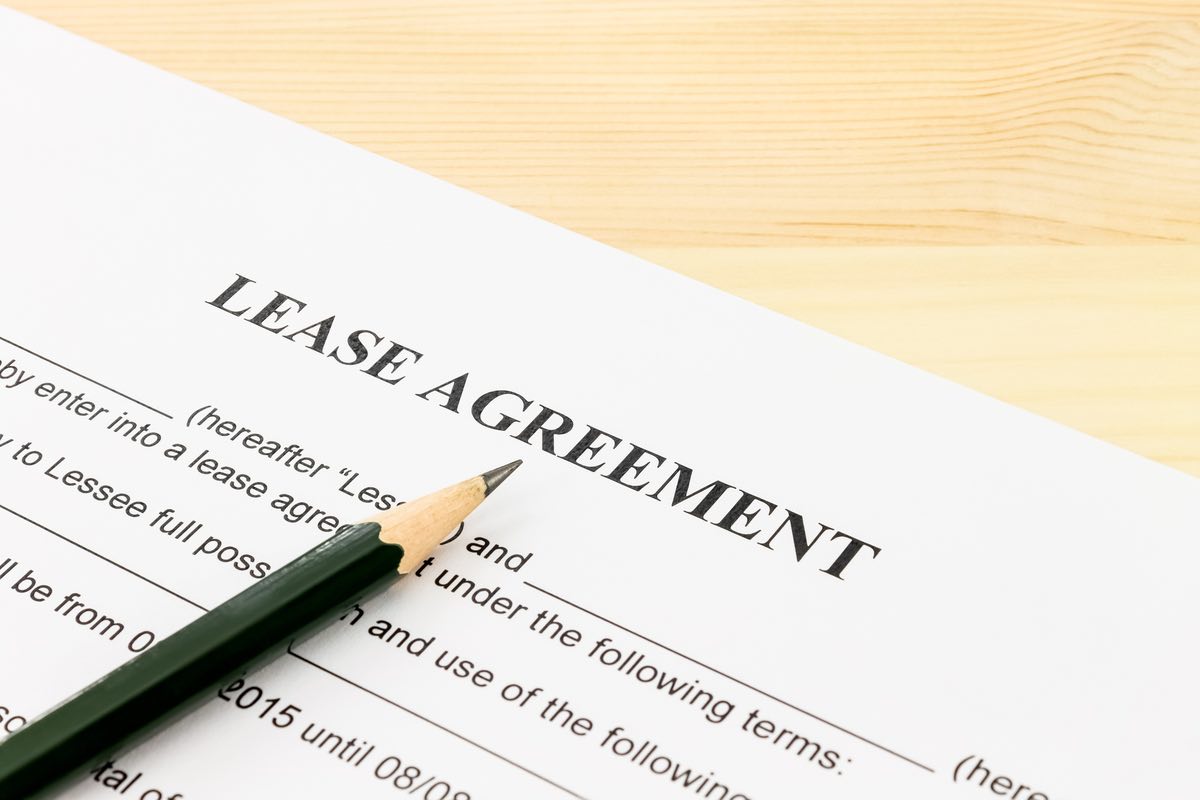As a new truck lessee, you may have questions as to whether you can make certain modifications to your vehicle. These could includ whether you can put a lift on your leased truck. Changes are usually discouraged. However, there are some ways you can make certain modifications without voiding the manufacturer’s warranty or paying extra fees.
You can put a lift on a leased truck, but you should consult with the vehicle’s leaser to ensure that adding a lift is permitted. You should also ensure that it does not compromise your manufacturer’s warranty. Some vehicle dealerships allow lessees to modify vehicles, while others do not.
This article will dive into further detail on the factors you should take into consideration if you want to put a lift on your leased truck. It will also discuss additional modifications you should be aware of and may cost you when you return your truck at the end of a lease agreement.

Can You Make Modifications To A Leased Truck?
You can make modifications to a leased truck, but it may cost you more money in the long run. Vehicle dealerships discourage lessees from modifying their trucks. This is because most additional features may void the vehicle warranty and cause permanent damage to the truck.
Be willing to pay for any significant modifications you make on your leased truck, including putting a lift on it. Proceed with it carefully, as there could be monetary penalties at the end of your lease.
According to Ally Bank, several modifications could cost you when you turn in your leased vehicle, and suspension lifts are at the top of their list.
In addition to adding a lift to your leased truck, take note of the other modifications that could create added expenses when you turn in your vehicle at the end of the lease term:
- exterior paint changes
- engine alterations
- fuel system adjustments
- radio and electrical additions
- tinted window
Things To Consider When Putting a Lift on a Leased Truck
Before you decide on adding a lift to your leased truck, there are some factors that you might want to consider. After all, adding a lift can be time-consuming and could cause irreparable damage to your leased vehicle if done incorrectly.
Manufacturer’s Warranty
You may also compromise the factory warranty if you put a lift on your leased truck.
If the stock auto parts suffer damage during the lift installation, this could void the warranty on the truck. Dealerships and manufacturers can deny warranty claims if you have modified anything on the vehicle.
Many truck owners prefer to DIY a lift on their trucks, but having a professional mechanic complete the work is probably best when you are leasing.
The quality of installation is vital in preventing any damages that may occur. Additionally, avoiding cheap materials can help you avert future claims that may rely on your manufacturer’s warranty. Employing a professional when reversing the lift on your leased truck is also just as wise.
Body Lift vs. Suspension Lift
When considering adding a lift to your leased truck, it is essential to differentiate between a body lift and a suspension lift.
A body lift allows you to raise your truck and add additional spacing, all while leaving the suspension alone.
On the other hand, a suspension lift requires you to make more complicated changes for spacing and elevating your vehicle. For example, when adding a suspension lift, you will likely need to add larger shocks. Changing the overall suspension on a truck opens up a window for more damage to occur.
Deciding on which type of lift you would like to put on your leased truck depends on the main reason you are looking to do so.
It can vary based on how much height you are looking to add, whether you are looking to add larger tires, if it is for your truck’s appearance only, or if you are planning to use the vehicle for off-roading purposes. Some of these reasons may not be ideal for a leased truck, such as off-roading, as you must return the vehicle in good condition.
Additionally, here is a short video I found helpful explaining body lifts versus suspension lifts and the pros and cons for each:
The Cost of Putting a Lift on a Leased Truck
Next, consider the associated costs of lifting your leased truck. A body lift can cost up to a few hundred dollars versus a suspension lift that can cost thousands.
Weighing the pros and cons and determining the ultimate purpose for the lift on your truck should help you decide how much you are willing to pay upfront.
Remember that your truck lease is likely for only 2-3 years, so determining whether the costs are worth it is vital.
Your Leased Truck’s Tire Size
It is essential to consider that both a body lift and a suspension lift may require you to change the size of the tires on your leased truck.
The dealership expects the manufacturer’s tires to be returned along with the vehicle once the lease ends. So, there are associated costs to consider with adding new tires and having the original ones installed back on the truck.
Reversing a Lift
If you plan to put a lift on your leased truck, then it is essential to consider whether you will also be paying to reverse the upgrade before returning the vehicle at the end of the lease agreement.
If you do not reverse the lift, you may need to pay additional costs to the dealership for the modifications you made during your lease term.
Knowing that reversing the lift on your leased truck is possible adds a little peace of mind, but you will need to ensure that your vehicle is adequately realigned after a lift kit removal. Again, ensuring that the original tires are placed back on the truck is also critical.
I highly recommend that you have a professional do this type of maintenance work, as you will want to return your truck to the dealership in the best possible condition, without damages, and without a trace of any modifications.
If you’re thinking about leasing a Chevy truck, you’ll need a relatively high credit score. I’ve written a full guide where I discuss the credit requirements for leasing a Chevy truck. I also share a few tips on how to get your credit score higher.

Conclusion
You can add a lift to your leased truck, but there are some caveats. Deciding on what type of lift is best and whether you plan to reverse the lift are essential factors.
With any leased vehicle modification, taking precautions with the installation and choosing the right auto parts to prevent voiding your manufacturer’s warranty is critical.
In the end, it is best to be prepared to take on any additional costs when you return your leased truck if you decide to proceed with a lift modification.
Sources
- Ally: Lease-End Process – Return Your Leased Vehicle
- J.D. Power: How Much Does It Cost to Lift A Truck?
- Lifted Import: Will Lifting My Car Void My Warranty
- It Still Runs: Remove Truck Suspension Lift Kit
- Chase: Can you customize a leased car?
- BD Motorsports: Body vs Suspension Lift Kit: What’s the Difference
- YouTube: Body Lift vs. Suspension Lift | Pros and Cons
